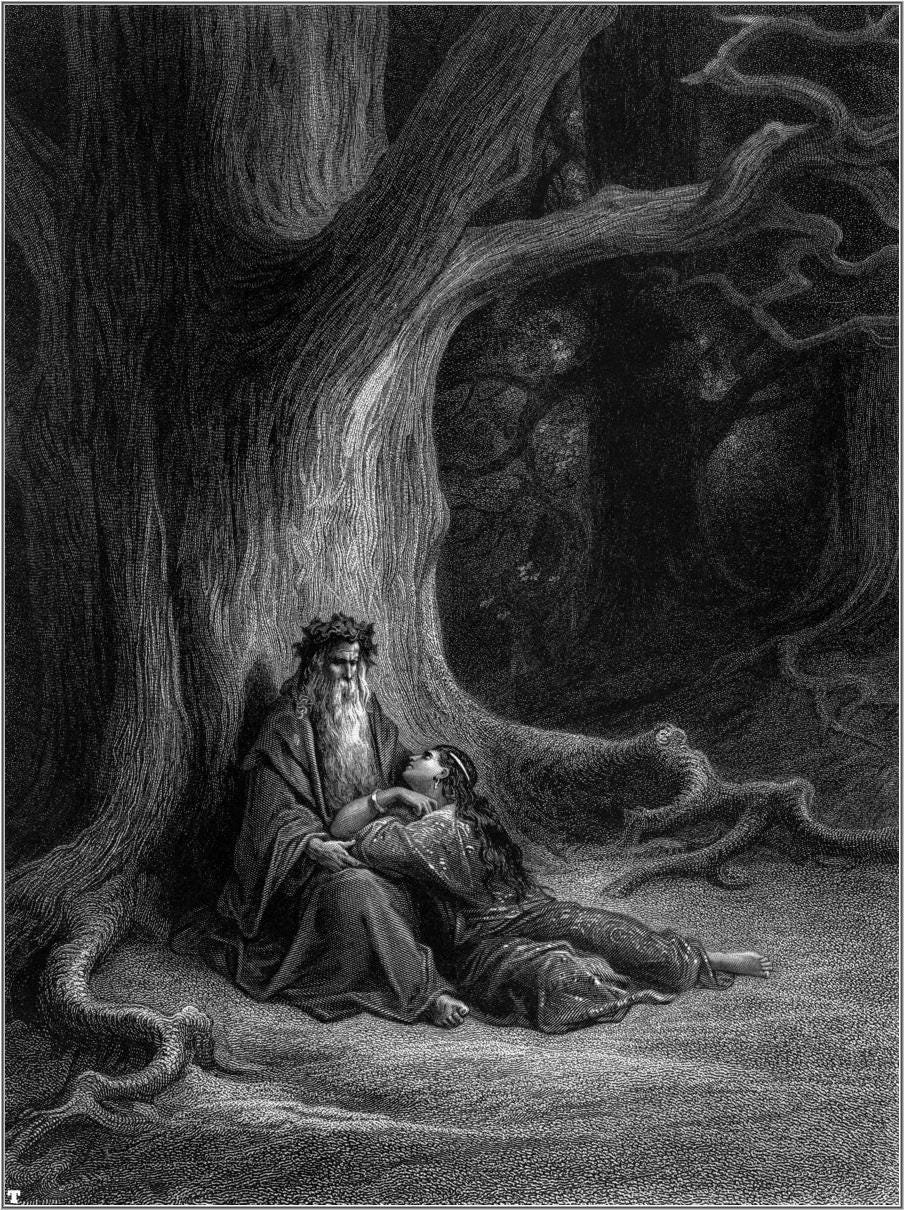Last week I had a very and fruitful conversation with Sergio, a VI·VIII·X playtester and a old good friend. He ran a one-shot where he role-played a man-at-arms (actually a dwarf, despite of my recommendation not to use races different than the human one, d’oh!). We had the chance to talk and he explained me his very sound opinion of the game from what an experienced player can desume from a shot adventure.
He firstly said that the game works in terms of game mechanics... then according to the tastes these can be highly appreciated or not. His point however was on the unbalance he perceived between spellcasters and fighters (for the sake of simplicity let's stick to these two blocks, not considering other types of characters). Being the arcane magic system rather free and flexible he could appreciate that any arcane spellcaster has a huge advantage compared to a melee fighter: he only needs to look after to keep a certain distance from any hand-to-hand combatant and he can succeed any encounter. Sergio was not wrong at the end of the day!
The conclusions he told me are maybe a bit strong but not far from an objective point of view: in a setting where arcane spellcasters are so powerful, anybody should be a wizard and any non-wizard adventurer should better retire. This was based on what he witnessed during the playtest: as a matter of fact, his man-at-arms didn't bring any value added to any encounter since the effect of Secret Sorcery forerun any of his actions... he felt a bit frustrated and he told me that any new player under these circumstance would have felt like him. Fair point Sergio!
Let me add some thoughts to this story (which are basically the answers I gave Sergio in our conversation): I am aware of this fact and for this reason I set some ‘constraints’ to spellcasting to off-set the freedom they have in magic. As a matter of fact these limitations were not enough therefore I spent the last weekend to revise them and come with a new set of rules which do not disincentive magic and at the same time close the gap that Sergio outlined. Any of the change I applied aims also to simplify the concepts and helps to be easier to remind than the previous rules (or at least I hope so!).
Let’s have a look at the changes:
Starting from the spell cost (or SC) concept, this doesn’t change: it still remains as the sum of the 3 spell addends; anyway, this is the ‘default’ SC meaning that without any further indication from the GM that is the parameter used in any of the spellcasting mechanic.
The threshold of ARC required to successfully cast a spell is the SC; this can be the ‘standard’ one or it could be modified by the GM: if the magnitude of the effect required by the player is higher than the ‘standard’ one, the threshold applies to the SC a x2 multiplier; if, on the contrary the magnitude is lower than the ‘standard’ one, there is a 1/2 multiplier (i.e. the threshold has a SC halved).
The casting time has changed: the spell cost for 1-turn casting time is now reduced to 1-6 (before it was 1-8); for 2-turn casting time is 7-15 (before it was 9-17); for 3-turn casting time is 16-27 (before it was 18-26); any spell cost higher than 27 is subject to GM evaluation (before it was 26).
The damage is up to the spell cost including the magnitude of the spell; this means that a low magnitude is going to grant a low threshold but, at the same time, a low in-game effect.
Hopefully, the examples in the book were good enough to make few changes only and still be useful…
By applying these changes I will likely get an easier mechanics to use and a reduced gap between ‘swords’ and ‘spells’ since any spellcaster is going to consider the casting time which now is effective on a reduced scope (i.e. 1-turn casting time spells have now a lower power) and the impact is directly proportional to the required effect of the spell. This should mean that a man-at-arms will have more room for sure… the upcoming feedback will hopefully confirm that!
For anyone interested in detail in these changes, I have updated the Errata Corrige document and made a second print-friendly (as a leaflet) version here. Enjoy!




